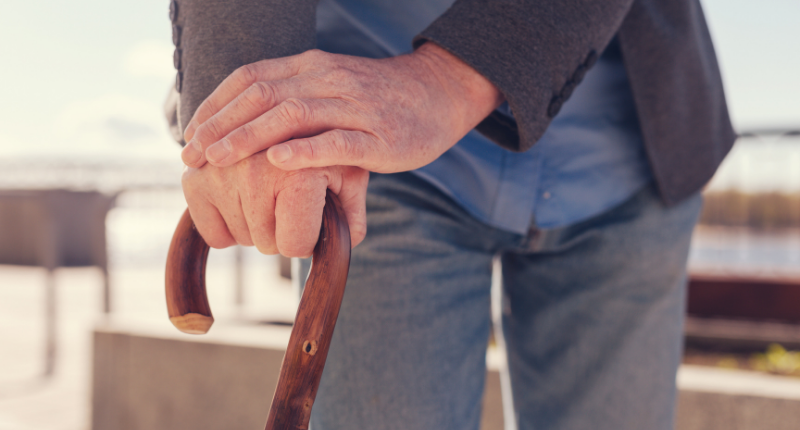Walking sticks are essential for many Irish people. You’ve seen elders use them, you’ve seen farmers use them, and you’ve probably seen a family member use one.
Why are walking sticks so popular, where did they come from, and why are they still in use?
If you are looking into getting a walking stick, there are some things you’ll need to know, like how to choose one, how to use it, and how it differs from a cane.
A Brief History
In the late 17th and early 18th centuries, walking sticks became a popular fashion accessory for men.
Originating from the shepherds’ walking sticks, fashion walking sticks were much more ornate and gave a regal appearance.
Walking sticks were also used as walking aids and for self-defence in more rural regions, but their popularity as accessories helped shape them into what we know today.
How Do I Choose a Walking Stick?
There are many aspects to consider when choosing a walking stick. Do you want a collapsible one? How tall should it be, what should the handle feel like, what material should it be made of?
While many of these questions rely on personal preference, matters of height and design are more objective issues.

Walking sticks should be level with where your wrist bends when you are standing in your most commonly worn shoes. If the stick is taller or shorter than this point, your balance will be off, and it won’t serve its purpose.
The design of the stick also matters because it needs to be comfortable, durable, and suited to your needs.
Let’s take a look at five of the best walking sticks and take a moment to consider what makes them the best.
More Reading: How to Choose a Zimmer Frame
6 Best Walking Sticks to Choose in Ireland
Here’s a list of options to help you pick out the right walking stick based on your needs.
| Name | Where to Purchase | What You Get |
|---|---|---|
| #1 Our Pick: Bariatric Walking Cane | Buy Now |  |
| #2 Adjustable Folding Walking Stick | Buy Now |  |
| #3 Contoured Stick Left Hand | Buy Now |  |
| #4 Crutch Style Walking Stick | Buy Now |  |
| #5 Homecraft Adjustable Walking Stick | Buy Now | 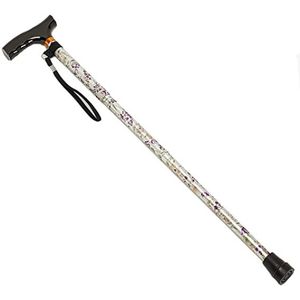 |
| #6 Blackthorn Walking Stick | Buy Now " text="Buy Now" ] |  |
#1 Bariatric Walking Stick
This stick is ideal for anyone who is looking for a little more support. The bend under the handle and foam hand grip adds a little extra springiness to each step.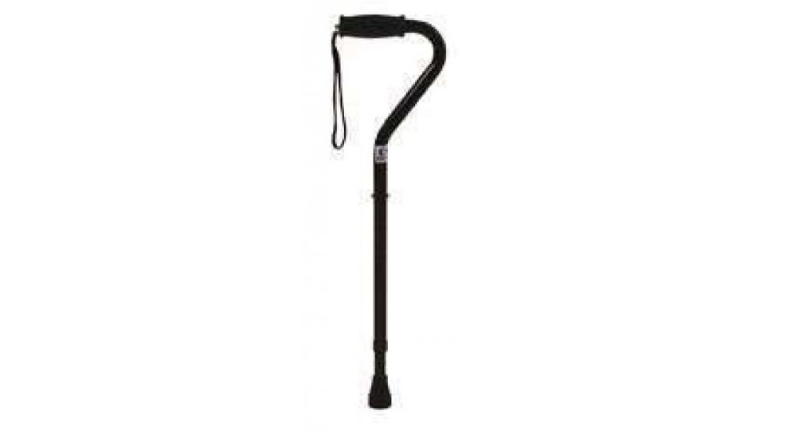
#2 Adjustable Folding Walking Stick
If you don’t need your walking stick at all times or you just want to avoid the clatter when it inevitably falls over, a foldable walking stick is a great solution. This walking stick breaks down into three parts for easy storage in a bag, pouch, or shelf.
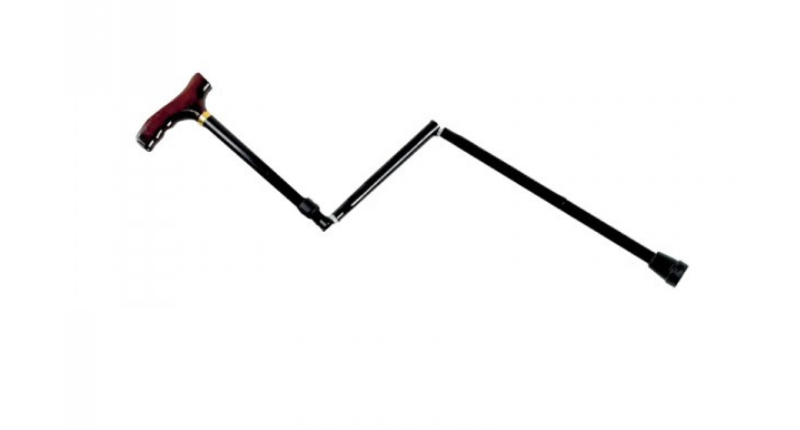
#3 Contoured Stick Left Hand
For any lefties out there or anyone whose right side is their bad side, a contoured left-handed walking stick is ideal. The hand contour makes this stick comfortable to use for long periods, and frankly, it just looks quite nice.
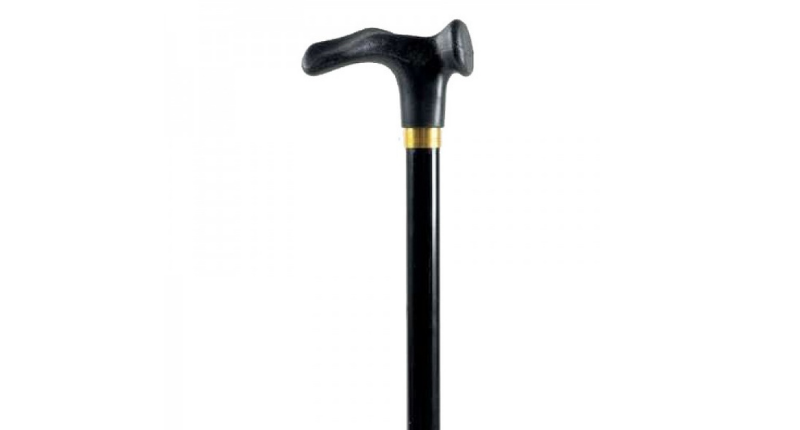
#4 Crutch Style Walking Stick
The crutch-style walking stick is a lightweight and affordable walking stick that can be used in tandem with a second for even more support. This walking stick is excellent for any situation.
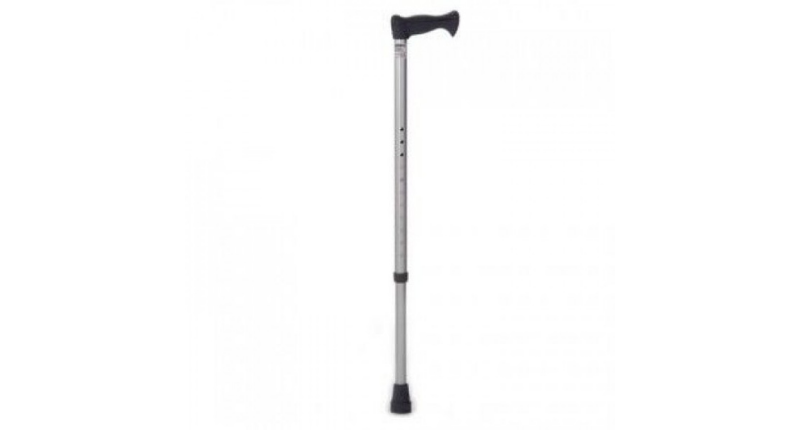
#5 Homecraft Adjustable Walking Stick
For anyone looking for a simple walking stick with a more aesthetically pleasing design, the Homecraft walking stick is the way to go. Just because you need a walking aid doesn’t mean it can’t have style.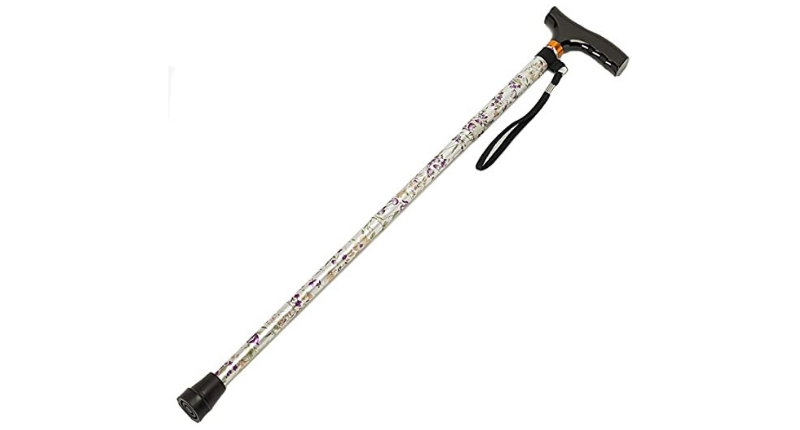
#6 Blackthorn Walking Stick
Blackthorn walking sticks are available at almost any store in Ireland. Some popular websites that sell them include Amazon & Etsy. You can also make your own to keep your walking sticks Ireland-made.

How to make a Blackthorn walking stick?
Making your own Blackthorn walking stick is a lengthy but straightforward procedure. If you want to learn everything about making your own Blackthorn walking stick, from selecting the wood to proper cutting techniques all the way down to varnishing, try this helpful guide from Sky Above Us.
Benefits
Using a walking stick benefits stability and makes rough terrain easier to traverse, but there are a few other perks you may not know.
Walking sticks can help to alleviate pain brought on from over-correcting balance, reduce the impact of walking on knees and other joints, increase speed, improve endurance, reduce fatigue, and improve posture.
By moving some of the weight of walking to the upper body, walking sticks help reduce the overall impact of repetitive movements.
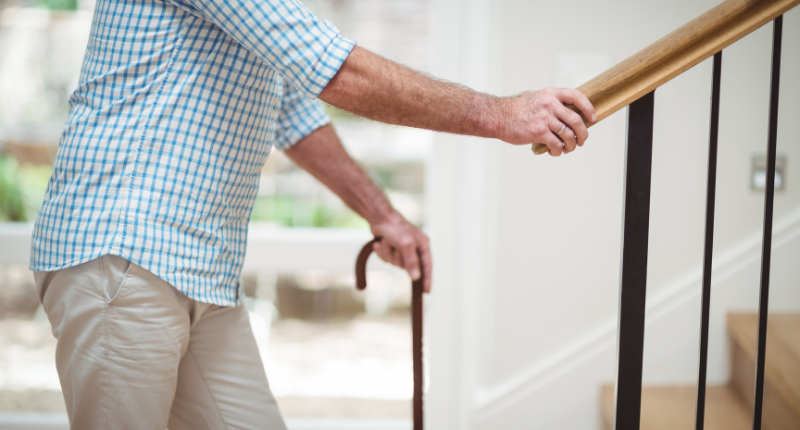
How to Use a Walking Stick – a Step by Step Guide
- Begin by holding the stick slightly in front and to the side. If you have a good side and a bad side, then hold the stick on the good side; otherwise, use your dominant hand.
- Take the first step with the leg on the bad side and move the stick in sync. Lean as much weight as needed toward the stick.
- Only move the stick as far as one normal step at a time.
Note: for very uneven ground, you may need to make some adjustments.
More Reading: How to use Crutches & where to buy them
What is the Difference Between a Walking Stick and a Cane?
Walking sticks versus canes are a matter of form versus function.
In the traditional sense, a walking stick is a temporary aid for navigating rough terrain. Walking sticks are straighter than canes and are not meant to take a lot of weight for a long time.
A walking stick can be a fashionable accessory, a stabiliser, a hiking tool, or a walking aid when a cane is not needed.
On the other hand, canes are all about function. They are meant to take a lot of weight and be used daily. Canes are for people that struggle to walk anywhere unaided, not just on rougher ground.
Additionally, canes usually have a crooked or bent design that makes long-term handling more comfortable on the hand and wrist.
If you choose to use a walking stick instead of a cane, know that they are not made for people with severe mobility impairments. However, the terms cane and stick have come to be used almost interchangeably, so you will likely find many products calling themselves the other.
Types of Walking Sticks
There are 14 widely recognised walking sticks. Each one has its own unique history and origin.
- Ashplant
- Blackthorn
- Devil’s walking stick
- Shooting stick
- Supplejack
- Penang lawyer
- Makila/Makhila
- Kebbie
- Whangee
- Malacca
- Pike Staff
- Scout staff
- Waddy
- Ziegenhainer
Some are Irish or Scottish, while a few are from parts of Asia. There is a wide variety of walking sticks around the world.

